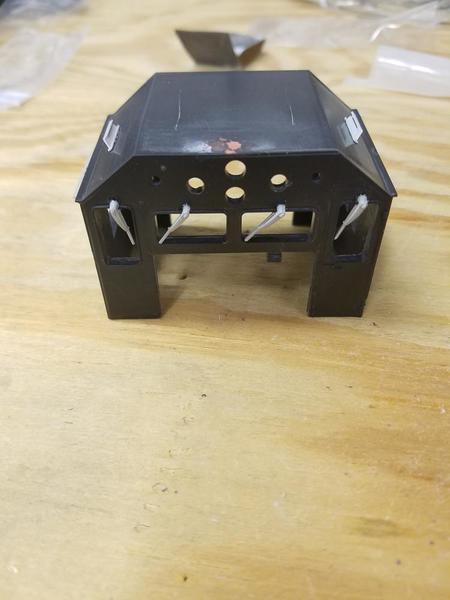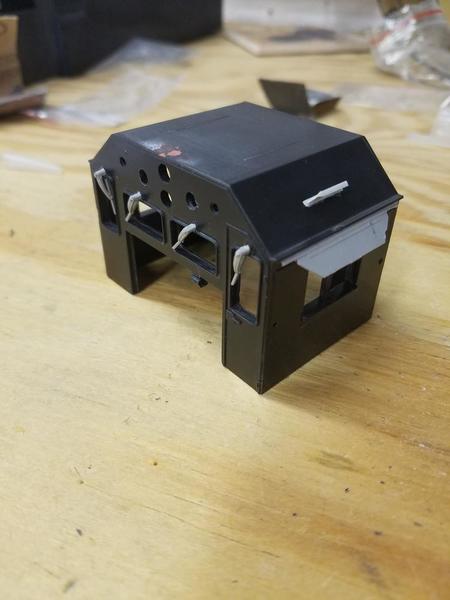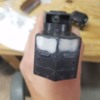Great thread as I have a stable of caboose I plan to strip and paint in all the different railroads that my wife's family worked (great way to get wife involved btw). Decals will be my problem. I will have to re-create the art as these stretch back to the 1860s.
I have both an airbrush and a little gravity feed gun I got at one of the big box stores for maybe $40. Love the latter as it's super easy to clean and doesn't clog. Spray pattern/volume is nicely adjustable.
I've had good luck with rattle cans too - there's an auto parts store around the corner that handles auto paint and will put whatever you want in a can. Most of my painting experience though has been RC boats. It's a little harder for me to get an even coat with the cans.
Which brings me to my question - what do people use for masking tape? I've tried regular tape, electrical tape, frisket film for airbrushing, etc. Never really got perfect results - always bleed under the tape.
3M blue painters tape. Mostly perfect results, some bleeding here and there. I have not invested in tamiya's specialized tape, but I don't do too many 2-color paint jobs.
The only auto paint I used was the duplicolor primer. Otherwise, I prefer the control of my airbrush and model paints.
Please do NOT use 3M blue painters tape on top of Tamiya Rattle cans lacquer paint. I too thought that would be a safe combination, but when masking/painting a hull water line stripe on a plastic ship model the glue on the 3M tape reacted with dried Tamiya lacquer on the hull and I had a real mess on my hands.
HTH
Jon





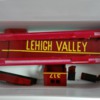







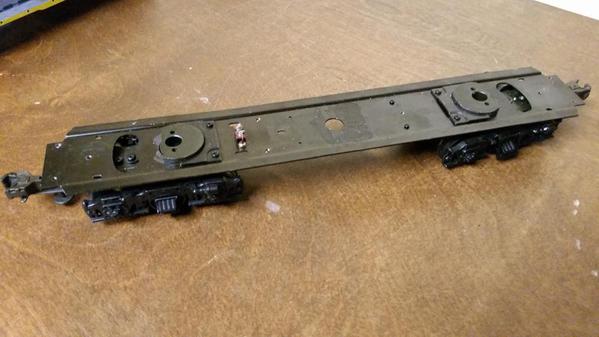



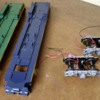
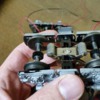


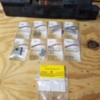
![20160909_003415[1] 20160909_003415[1]](https://ogrforum.ogaugerr.com/fileSendAction/fcType/0/fcOid/40989964598302783/filePointer/70974704729128699/fodoid/70974704729128695/imageType/MEDIUM/inlineImage/true/20160909_003415%255B1%255D.jpg)
![20160909_003415[1] 20160909_003415[1]](https://ogrforum.ogaugerr.com/fileSendAction/fcType/0/fcOid/40989964598302783/filePointer/70974704729128699/fodoid/70974704729128695/imageType/SQUARE_THUMBNAIL/inlineImage/true/20160909_003415%5B1%5D.jpg)
